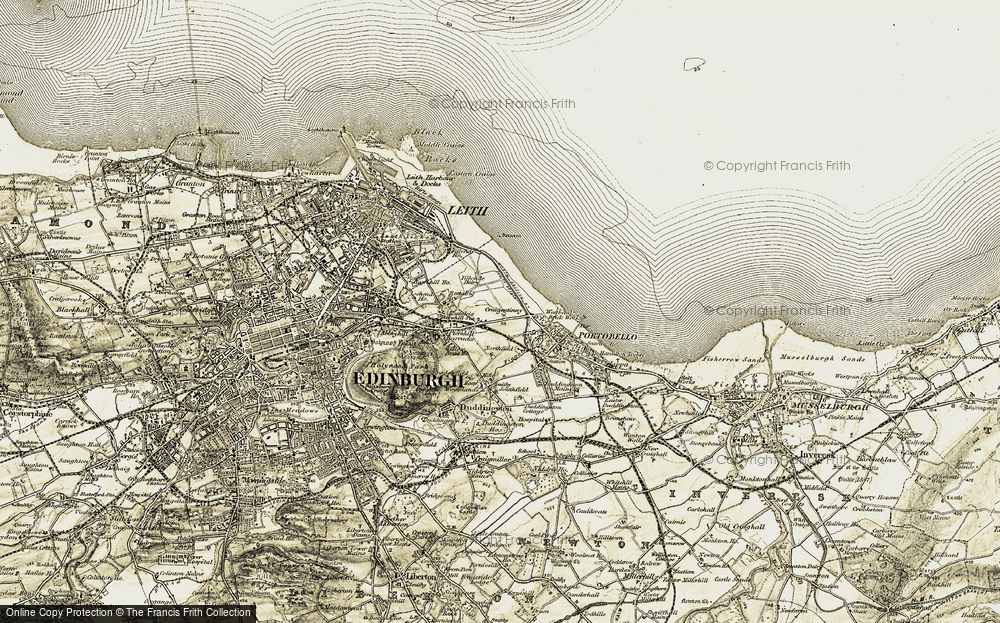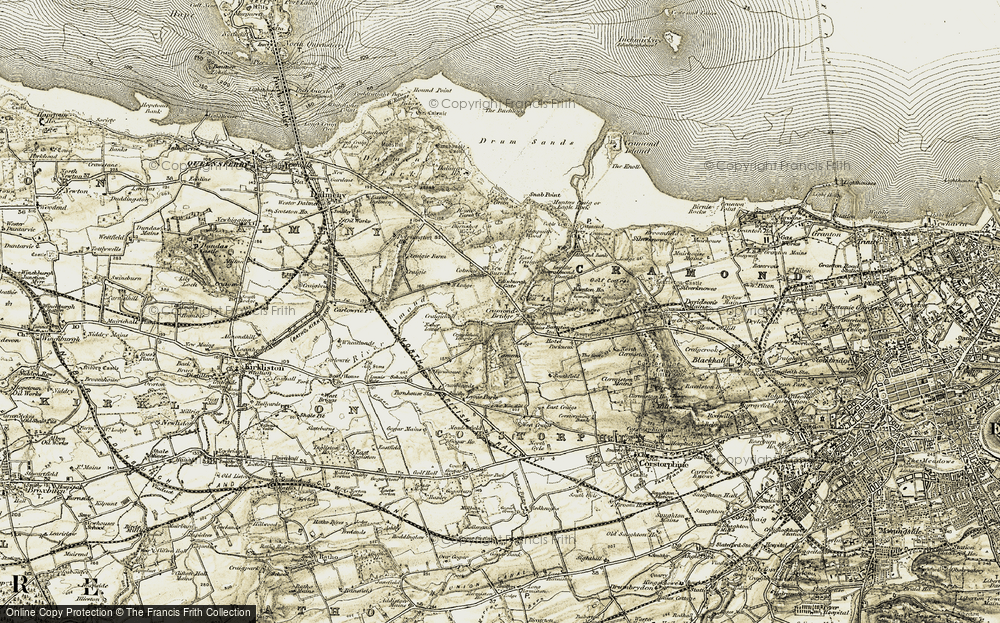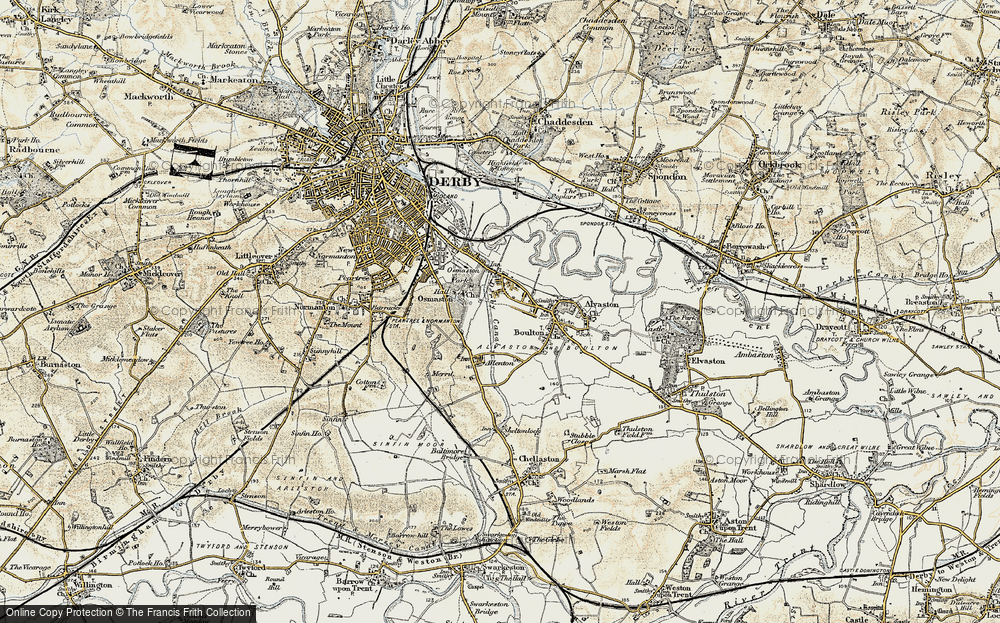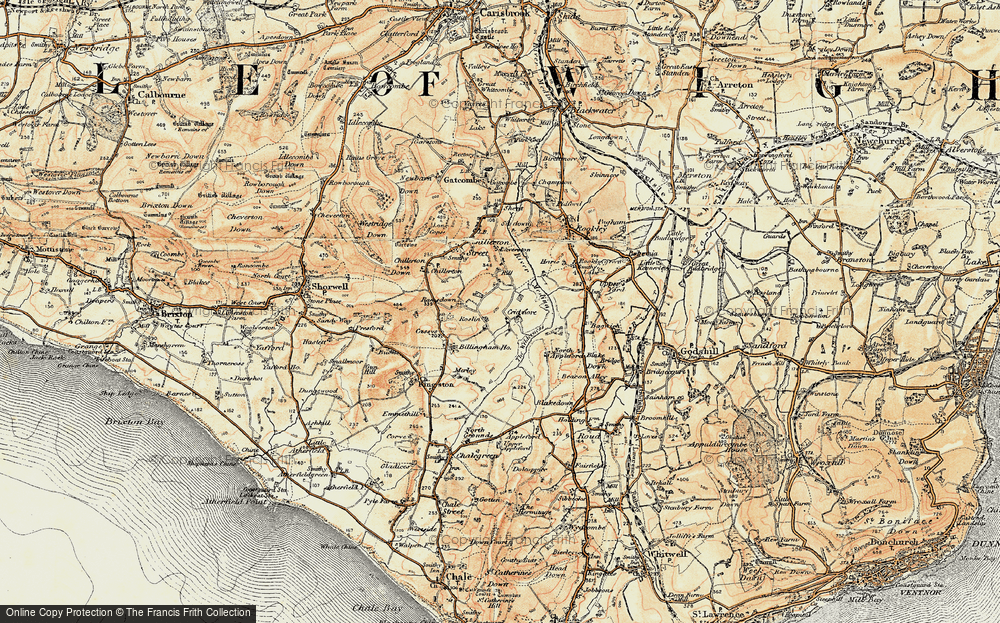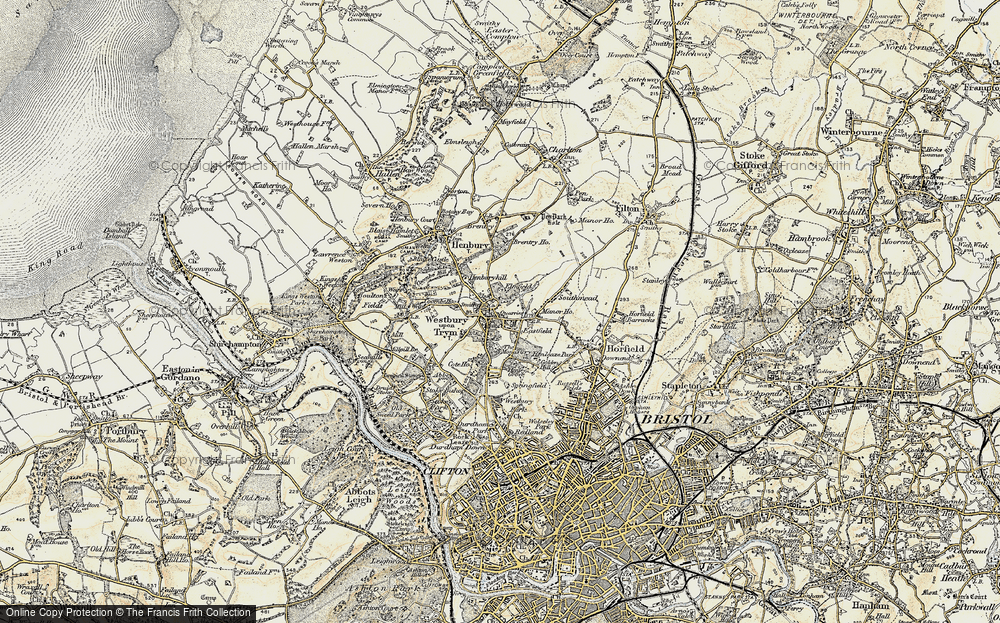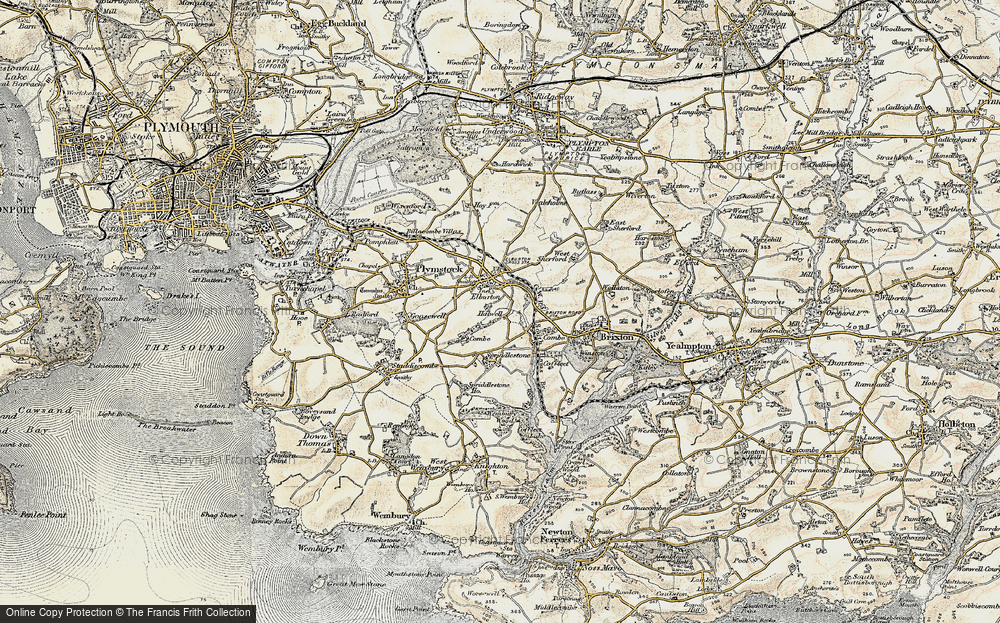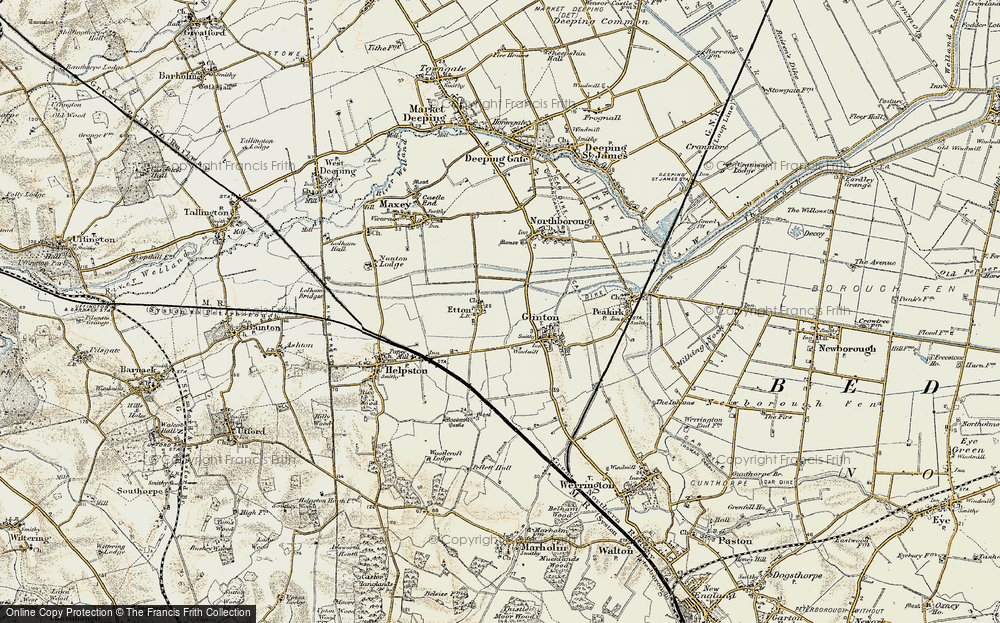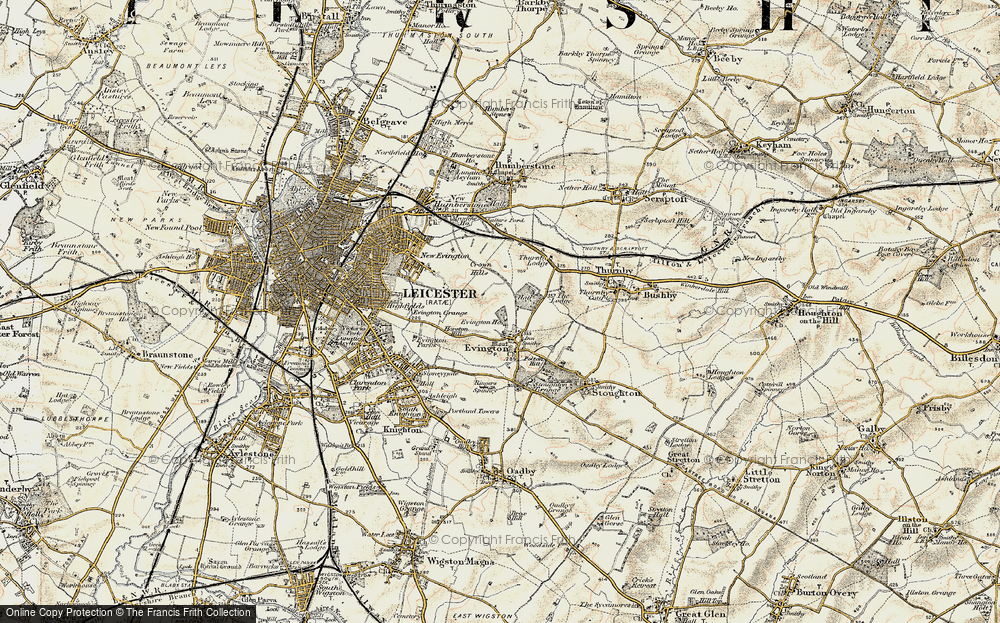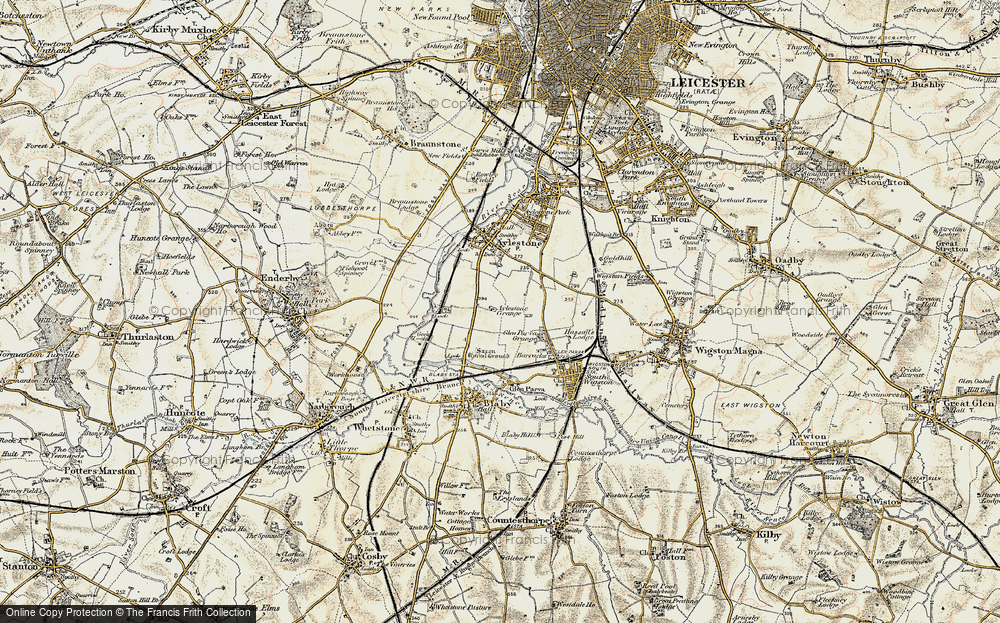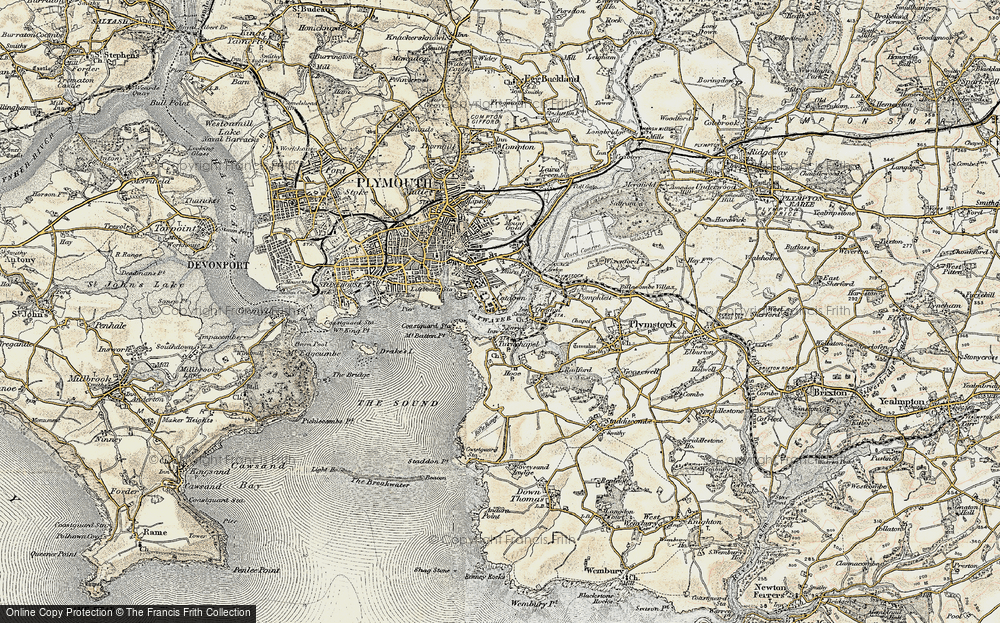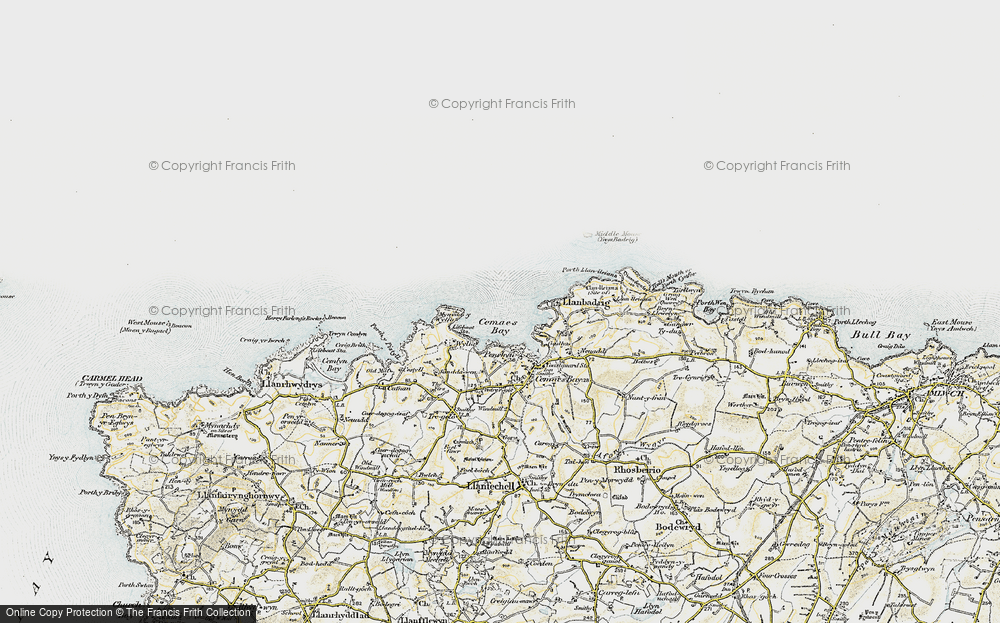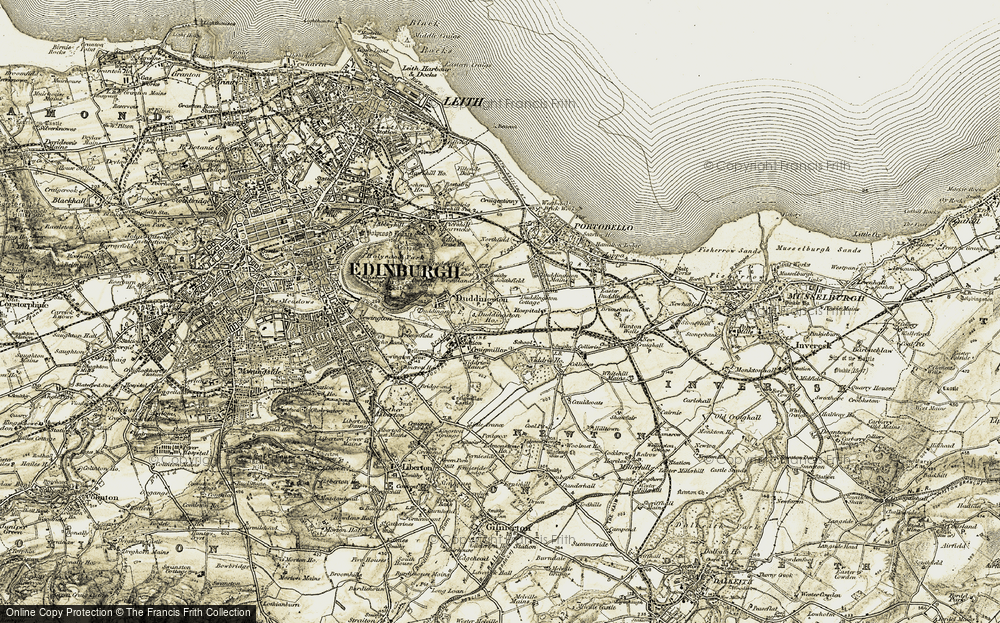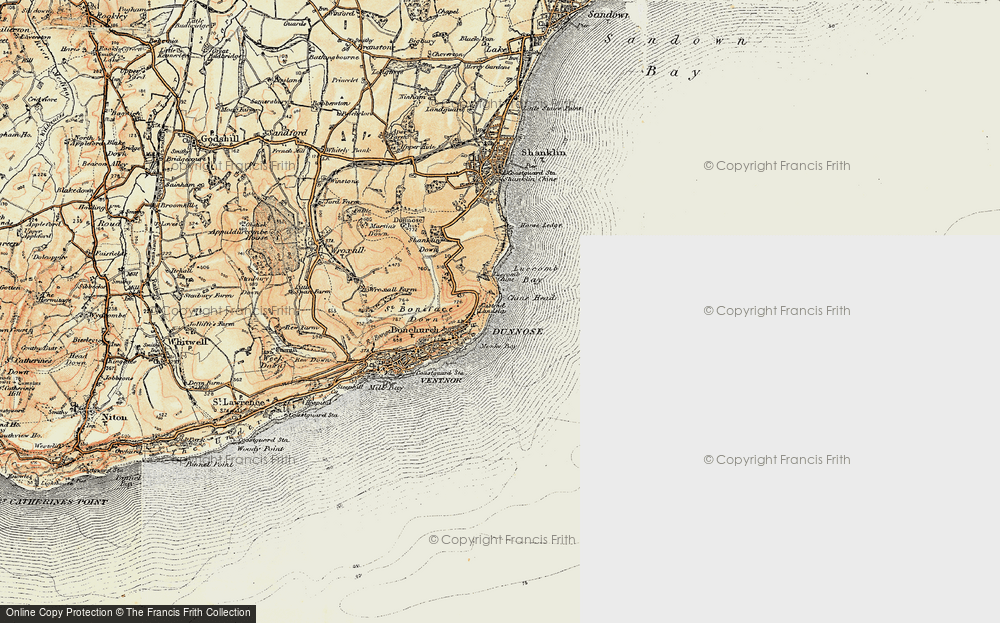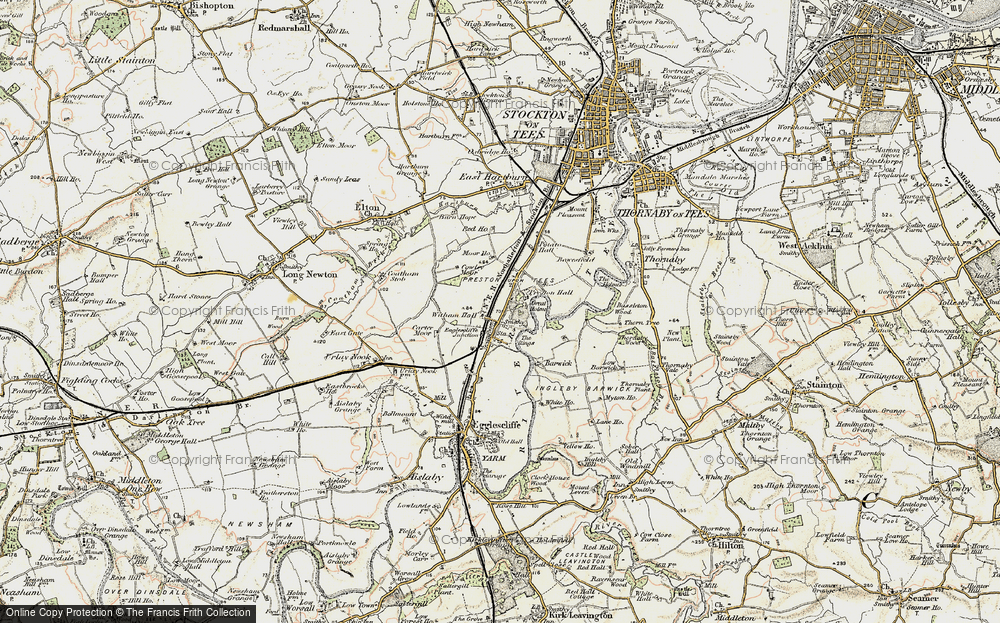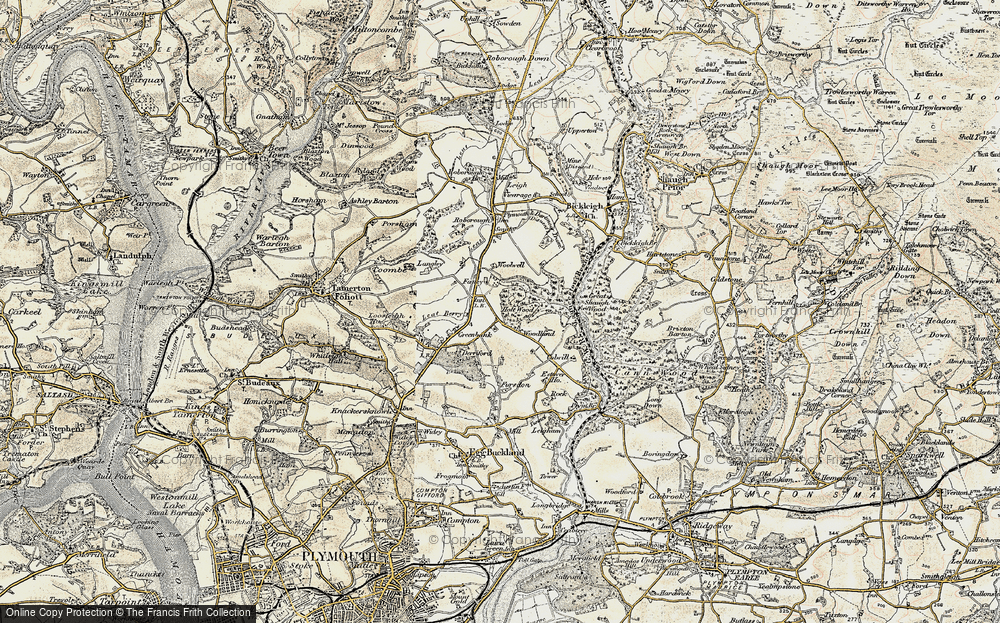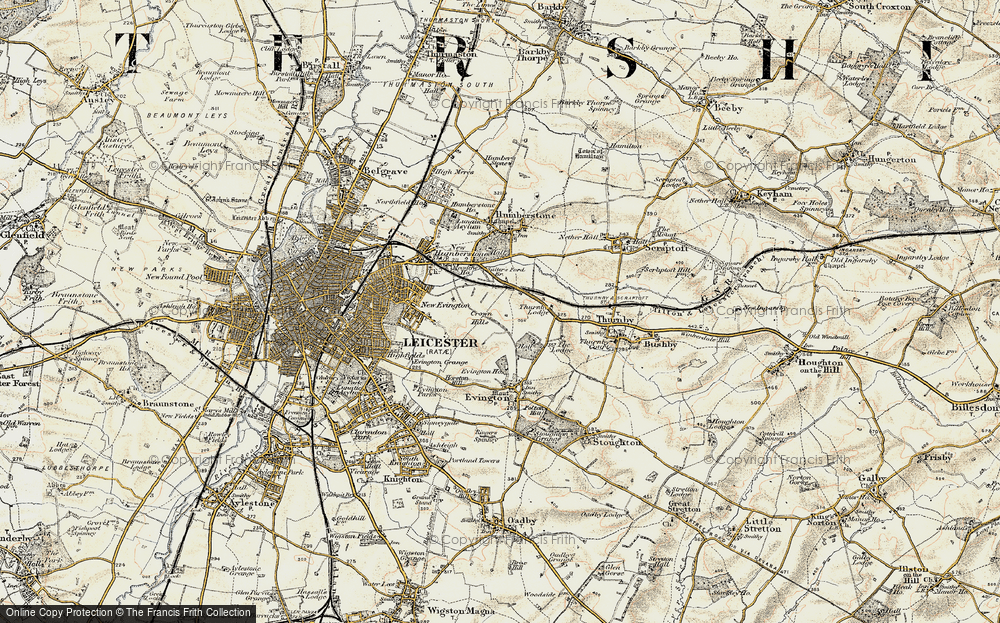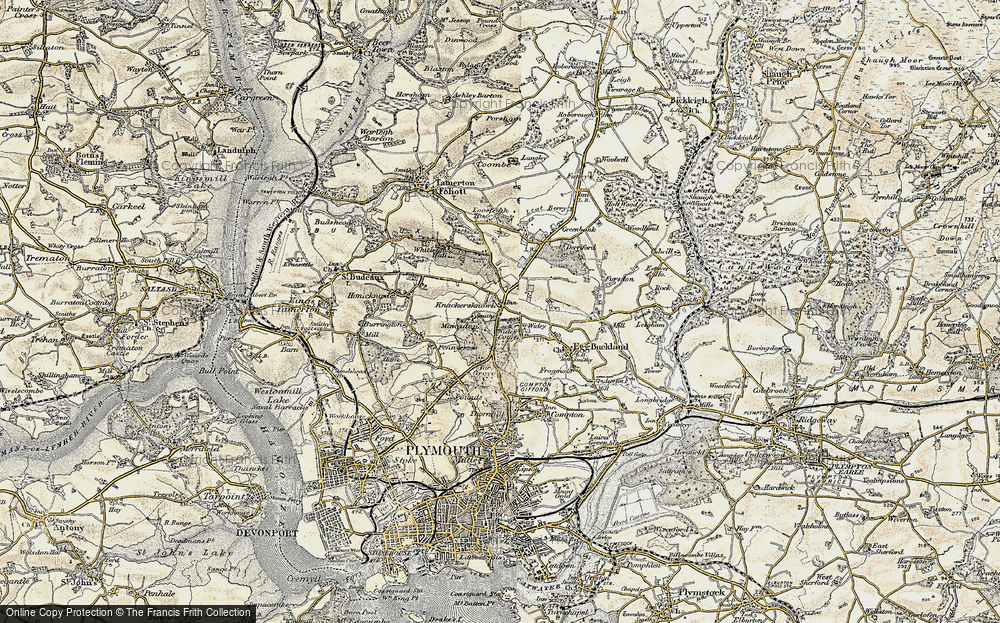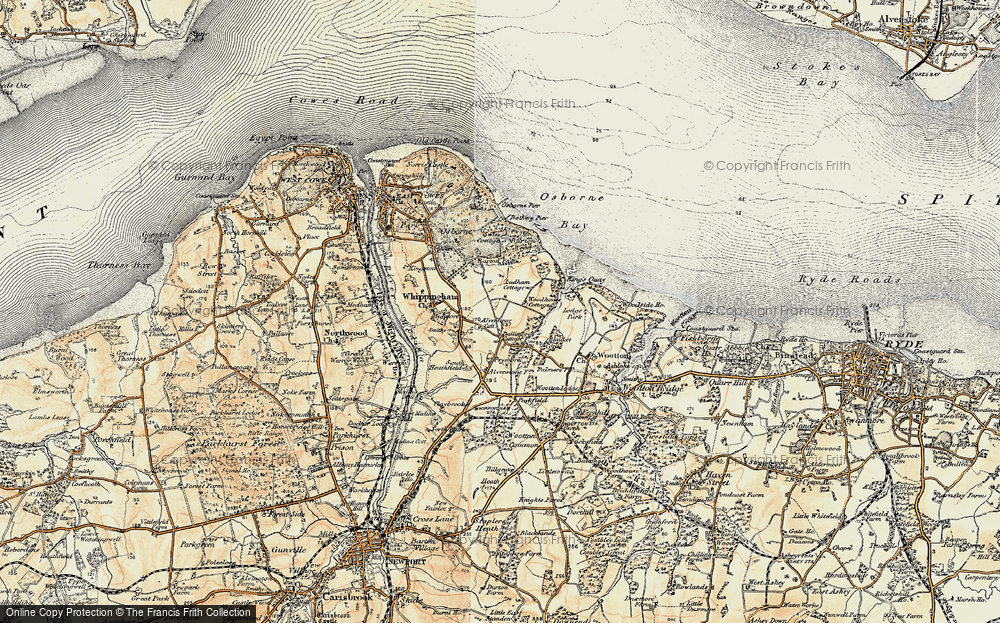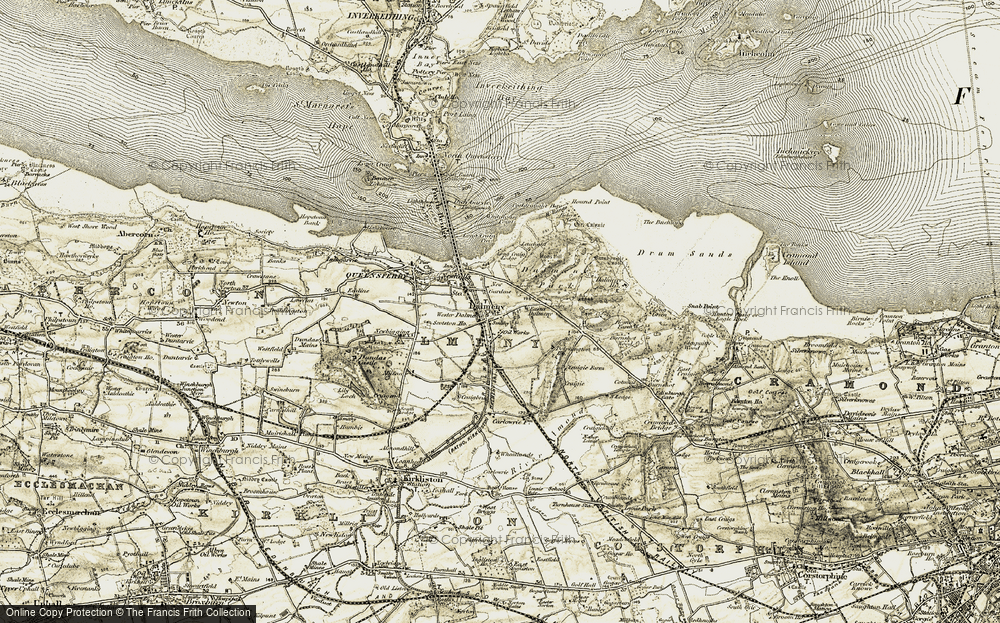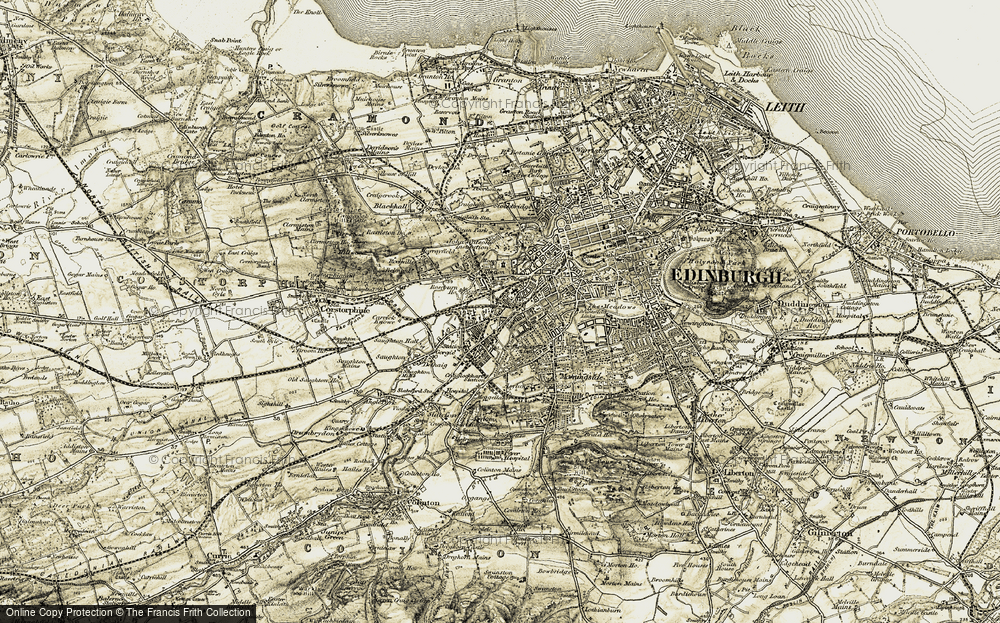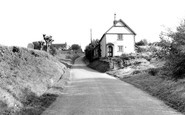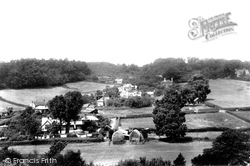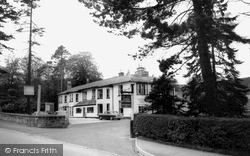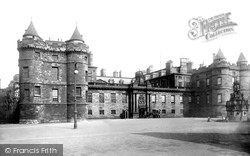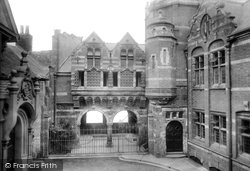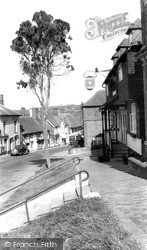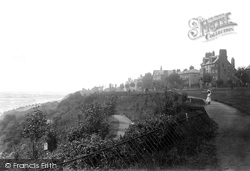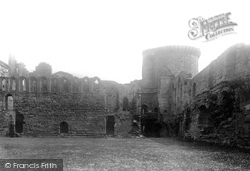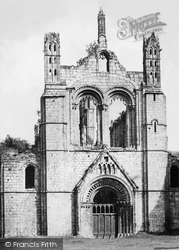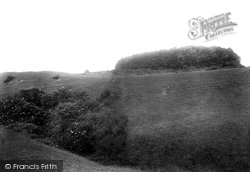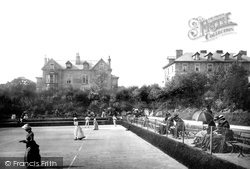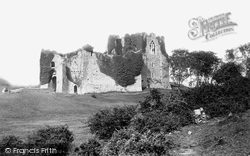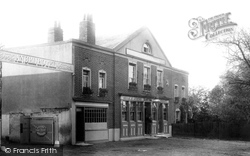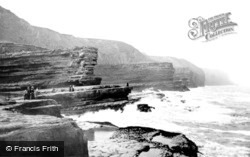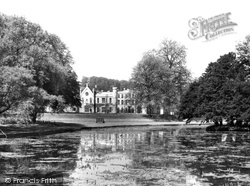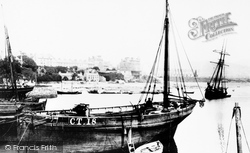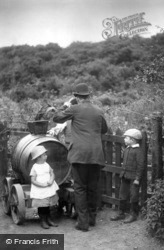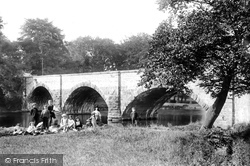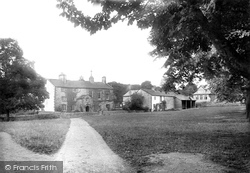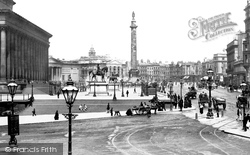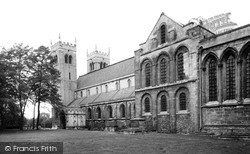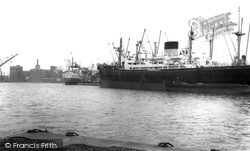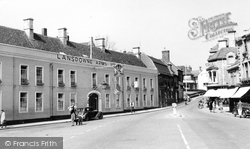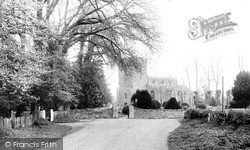Places
Sorry, no places were found that related to your search.
Photos
Sorry, no photos were found that related to your search.
Maps
7,034 maps found.
Books
163 books found. Showing results 1,465 to 1,488.
Memories
22,897 memories found. Showing results 611 to 620.
School Days
I am putting this on here to contact Carefree....did you go to Clare Secondary School and start in 1 Alpha? If so you sat next to me on your first day at school there!!!! If so I have thought of you no end of times over the years and ...Read more
A memory of Hartest in 1968
Talke A Forgotten Village
As you proceed north along the A34 towards the Cheshire border you will approach Talke traffic lights and on the left and right side of the road there are two areas of grassed land. This grassed area was once the village of ...Read more
A memory of Talke in 1959
1950s
I live in Hull but often went to stay at my grandparents (Bartlett) at 111 Corporation Road, Darlington as a child in the early 1950s and next door lived a lovely family and I used to play with their daughter Catherine. They had sons as ...Read more
A memory of Darlington in 1958 by
Forest Hall
My name is Brian and I lived at 26 Granville Drive. In those days the road ended at about No 40 and then there were fields all the way to Backworth. Joyce Dick was a particular friend. We all went to St Bart's Church and what a great vicar we had - George Foster. The Ritz was a must on Saturday.
A memory of Forest Hall by
Derry Hill Wiltshire
I did not live in Derry Hill, but rented a cottage there, Primrose Cottage, in 1990. I was introduced to Wiltshire in the 1980s by my husband's mother who had been based near Pewsey in the Land Army during the Second World ...Read more
A memory of Derry Hill in 1990
Colindale The Early Years
I was born in the house on the corner of Woodfield Avenue and New Way Road in 1944 and lived there until the end of the 1970s. My birth was in fact on Friday the 13th of October, which coincided with the dropping of a ...Read more
A memory of Colindale in 1958 by
Horney Common As A Child
I was born in London in 1938. When war broke out the following year my father sent my mother and myself down to Devon but soon after that he, and many of his regimental colleagues in the Army, rented a large country ...Read more
A memory of Horney Common in 1940 by
Early School Years
My name is Andrea Parkinson. I was born in 1962, I went to Greetby Hill Primary School until I was 9 years old. The swimming pool was not ready when I left. My headmaster at the time was Mr Pilkington (I think). My family moved ...Read more
A memory of Ormskirk in 1972 by
George Edward Ramsden Coopers And Crate Makers
I have been told that my grandfather and great-grandfather had a business at Longton as coopers and crate-makers for the potteries. This business ceased I believe in the 1950s but would have been ...Read more
A memory of Longton by
Fun Times
I was born in Lower Aire Street in 1944, my brother was born in 1942. I left when I was 8 years old but can still remember the street. We lived next door to Mr and Mrs Wiley on one side and Mrs Hargreaves on the other ...Read more
A memory of Windhill in 1944 by
Your search returned a large number of results. Please try to refine your search further.
Captions
9,654 captions found. Showing results 1,465 to 1,488.
Here the photographer looks across the back of the Victorian elementary school and schoolmaster's house at the left of the hay ricks.
The Old Rose and Crown is near the bottom of Rose Hill, a former Roman road which later formed part of the Birmingham- Bristol road; it became a toll road in 1726.
In August 1543 two treaties were ratified at Holyrood for the marriage of the infant Queen Mary to Henry VIII's son Edward.
Its core collection, gathered together by Philpot's sisters at their home in Silver Street, was moved down the hill in stages, but the Philpot Museum did not open to the general public until
The Old Rose and Crown is near the bottom of Rose Hill, a former Roman road which later formed part of the Birmingham-Bristol road; it became a toll road in 1726.
There is no church in the village, the nearest being at Salehurst. An iron-smelting furnace, controlled by the Churchill family, made cannon in 1754.
The clay cliffs at Southend have always been prone to slipping. Frequently, over the years, notices have been erected closing the threatened areas.
Three hundred years ago, Bothwell was a strategically important village, its bridge being the only one over the Clyde apart from Glasgow Bridge.
Cleanliness in the 12th and 13th centuries was certainly next to Godliness.The Cistercians, like the Knights Templar, were not noted for their standards of personal hygiene and rarely washed.
Now a tree-clad hilltop fort, this is another example of the many forts built by the Iron Age people. To date it has never been excavated.
These women players are at a considerable disadvantage with their long, billowing dresses and broad-brimmed headgear.
Following its destruction during the rising of 1287, Oystermouth was rebuilt as a courtyard castle. At one end was a three-storey gatehouse whose top floor was occupied by a large chapel.
At the top of Angel Hill is the Angel Inn, an early 19th- century building. It was once a stop where coaches and travellers changed horses before the descent into Sutton.
The spectacular rock formation of Filey Brigg at the north end of the bay.
A lot of London companies relocated, such as Cossor's - they made cathode ray tubes and radar screens, essential elements in the war effort.
This photograph shows a de-rigged Manx nobby at Port St Mary.
For us today, with water spurting from taps in sinks, basins and baths, it is hard to imagine the time and labour that used to be involved in collecting and fetching water.
The River Ribble in summer is the most pleasant of rivers, and to picnic and paddle by its banks has been a delight for many centuries.
The village (the name means 'the dwelling by the bow of the river') has two greens; because it was all part of the Pudsay estate, there was no pressure to expand or to pull down and rebuild.
It was planned that around St George's Hall there would be unbuilt areas so as to show off the Hall, the grandest of the civic buildings.
The fourth tour starts in Worksop, the largest town in north Nottinghamshire, often seen as the gateway to the Dukeries.
By 1965 the docks at Birkenhead were in severe decline, as we can see from the sparse shipping in these views.
This Grade II* listed building is a former coaching inn with its own stabling and brew house at the rear.
Standing on the bank of the Great Ouse about a mile from the centre of Kempston, the parish church is a stone building wherein the tower, at least, is Norman in origin.
Places (0)
Photos (0)
Memories (22897)
Books (163)
Maps (7034)


